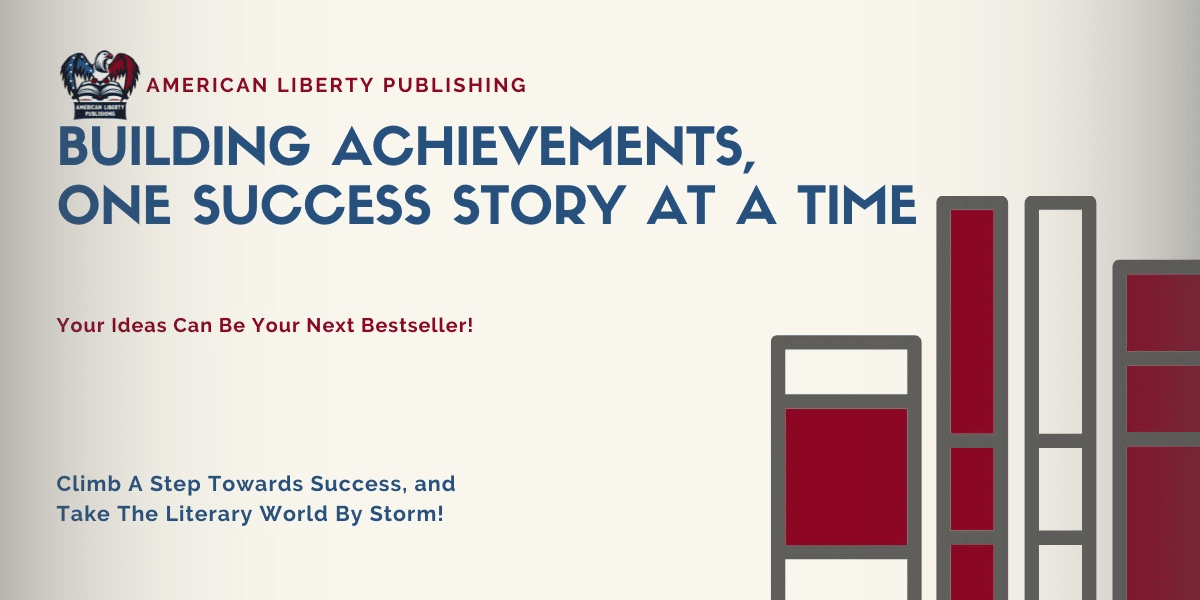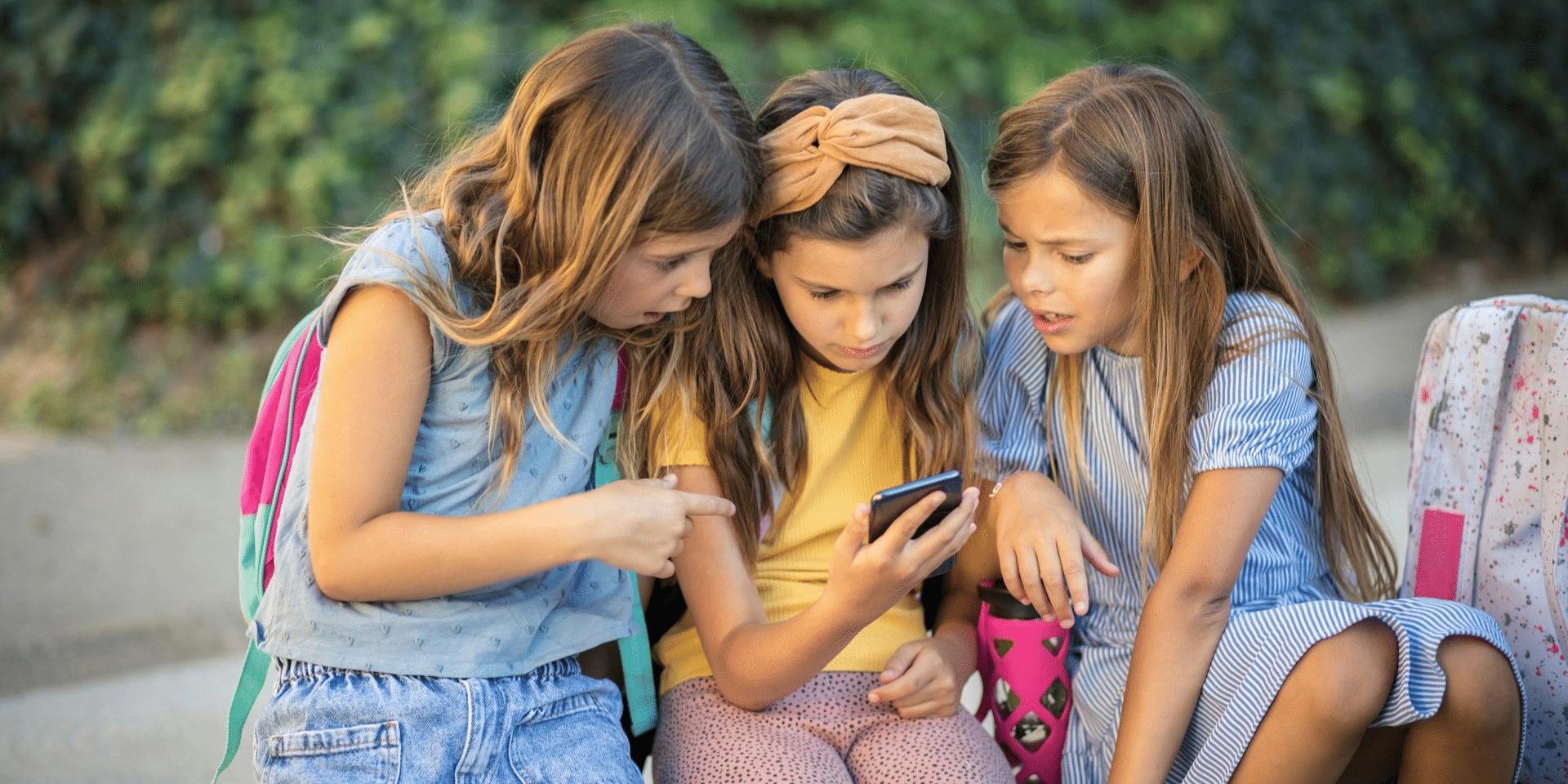By: Amanda Moran
In this exclusive interview, we sit down with author Dan Diedriech to discuss his latest book, which masterfully introduces children to important life lessons through captivating storytelling. Diedriech, a natural storyteller, wrote the story of Katy, a caterpillar who goes on an emotional trip to find out more about herself. With the help of illustrator Assim Hussain and a unique mix of poems and prose, Diedriech brings Katy’s story to life with bright pictures that make even the youngest readers feel strong feelings. We talk about what inspired this touching story, how the beautiful pictures were made by working together, and the difficulties of writing fun and useful material for kids. Come with us as we talk about how Diedriech writes about difficult topics like self-acceptance, kindness, and grit, and how the feedback he gets from readers shapes his future work.
Your latest book introduces children to important life lessons through captivating storytelling. What inspired you to write this story, and what message do you hope young readers will take away from it?
I’m fortunate that I was born a natural storyteller. This is one of my favorite ways of communicating. The story of Katy is the story of all who feel out of place and alone. Through a mixture of poetry and prose, I’ve tried to develop a style that will resonate with young readers. Katy’s is an emotional journey. She starts out as a happy caterpillar only to be disappointed, angry, and sad when her dream of becoming a beautiful monarch butterfly is not realized. Then, she becomes determined and happy again when she realizes her potential and helps others.
Illustrations play a crucial role in children’s books. Can you tell us about your collaboration with the illustrator and how the visuals contribute to the overall impact of your book?
Katy’s story is as much visual as written. Without saying a word, we know how Katy feels through her facial expressions and body language. Assim Hussain, our wonderful illustrator, and I collaborated to ensure that every drawing told a story all by itself. Even if a small child can’t read, they can still enjoy Katy’s journey just by turning the pages and looking at the vibrant illustrations.
Children’s literature often tackles big themes in accessible ways. How do you approach writing about complex topics such as self-acceptance, kindness, or resilience in a manner that resonates with young readers?
All of the values that we project in Katy the Caterfly are reflected in each work and each illustration. The story is a journey that weaves through the emotions of Katy and the jubilations of those she encounters. With each “critter” we show a before and after picture. The before picture demonstrates their mood before their transformation and the after picture depicts the happiness when they reach their potential.
What challenges do you face when writing for a young audience, and how do you ensure that your stories are both engaging and educational?
One of the things that Asim Hussain, our illustrator, and I agreed upon at the outset is that children are smarter and more observant than we give them credit for. We don’t oversimplify our characters to generic creatures. We give them strong and unique appearances who then demonstrate a range of emotions usually not found in illustrated characters.
Can you share any memorable feedback or reactions from children or parents who have read your books? How does their response influence your future writing projects?
Many of our favorite comments center on the emotional journey of Katy. Parents really like the depth of emotions we give each of the “critters.” Also, we enjoy hearing about the “visually stunning” illustrations. For future projects, we plan on keeping the complexities of the characters but also want to include more interactive opportunities in the book. Stay tuned!
Download “Katy the Caterpillar” today!
Published by: Martin De Juan














